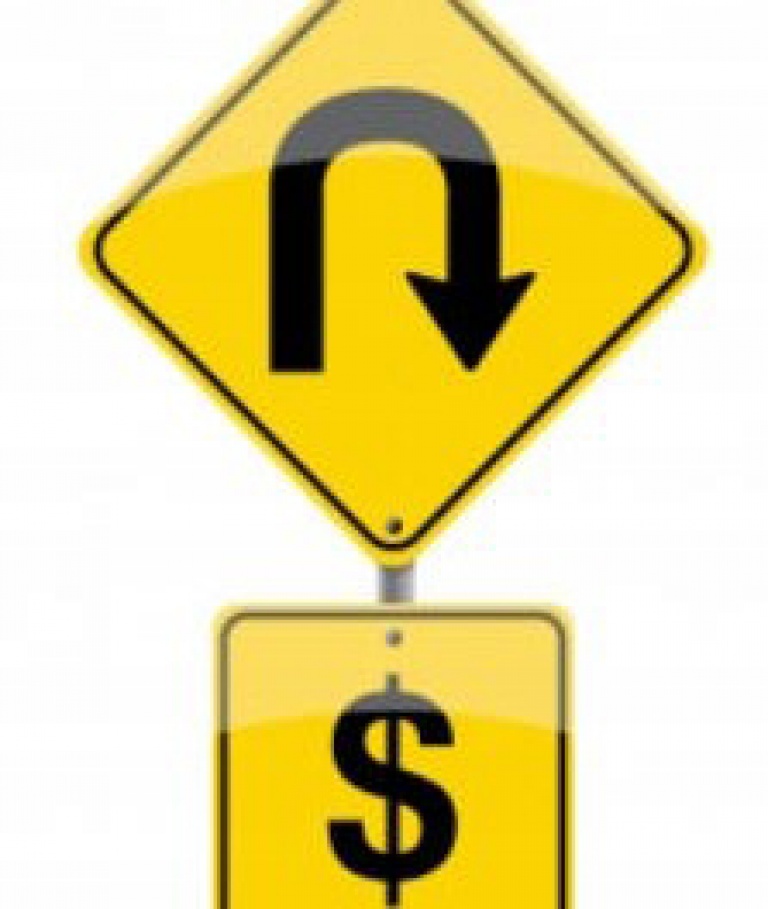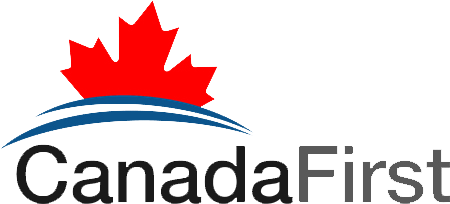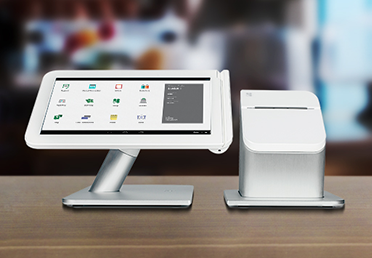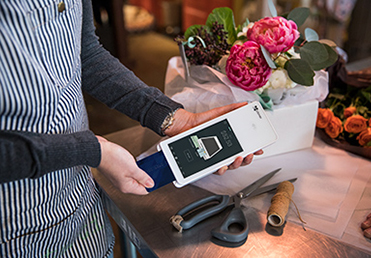Chargeback
What Is A Chargeback
There are many reasons why chargebacks happen, but they occur most often when your customer believes that they:
➢ Did not receive a purchased product or service
➢ Do not recognize either the charge or the merchant payee on their credit card statement
➢ Purchased a product or service that was defective, damaged or not as it was described
➢ Were a victim of fraud and claim that their credit card was stolen or used without consent.

This Is What Happens In The Chargeback Proceess
2- The credit card issuer researches the claim. If it is considered unreasonable, the customer is then responsible for the payment, and your settlement funds are not impacted.
3- If your customer appears to have a reasonable claim, the credit card issuer will make a temporary credit payment back to your customer.
4- Your processor then sends you documentation regarding this chargeback.
5- If you wish to contest the chargeback, you must fax your rebuttal by the due date listed on the Chargeback Notification. Your processor will review this rebuttal to ensure it complies with the association rules and regulations.
6- If you do not contest the chargeback, it automatically moves forward unchallenged. This means the chargeback funds will not be returned to you.
During the chargeback process, the card issuer obtains funds from the respective payment brand, who in turn debits the funds from your processor. Your processor, in turn, will debit the funds from your settlement account.
Avoiding and Managing Chargebacks
Chip Technology: Canada’s Response to Payment Card Fraud
Chip cards are being issued by Canadian financial institutions. Working together to develop Canadian standards for chip, the payment brands such as American Express®, Interac, MasterCard® and Visa® have established programs to introduce Chip cards to the market.
Reducing Chargeback Risks with Chip
Documenting Chargebacks
Let's Work Together
Get in touch and ask us for a quote or ask a question about what solution is best for your business. Call us at 888-616-6967 or click to send an email. We’re here to help.



